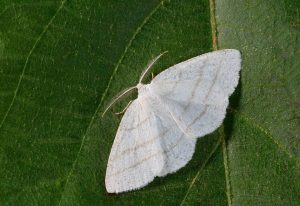If you live in an area with Gypsy Moths, you know the damage these ravenous insects can do. When in caterpillar form, Gypsy Moths eat a lot. They eat over 300 different species of trees. Since 1970, Gypsy Moths have defoliated more than 75 million acres in the United States. That’s a lot of damage. Obviously, if you care about the planet, you don’t want Gypsy Moths spreading any further than they already have. That’s why you want to follow these steps for a Gypsy Moth free move:
Step One:Visit YourMoveGypsyMothFree.com
This website is a resource provided by the United States Department of Agriculture. There’s a map that shows all of the quarantine zones in the United States. If you live in a quarantine zone, you need to inspect all of your household goods prior to moving to ensure there are no Gypsy Moth eggs on your stuff. There’s also a downloadable checklist you’ll want to print out and use during your move.
Step Two:Inspect Your Stuff for Gypsy Moth Eggs
Gypsy Moths lay their eggs in masses, which are generally fuzzy whitish blobs with black flecks that are about an inch long and half an inch wide. These eggs hatch into caterpillars, which become Gypsy Moths. Look for Gypsy Moth Eggs on outdoor furniture, children’s toys, and lawn equipment. When you find an egg mass, remove and destroy it. You’ll find full instructions on proper Gypsy Moth egg disposal techniques on YourMoveGypsyMothFree.com Check items off the checklist as they’re inspected and packed.
Step Three:Pack & Move Your Items: Bring Your Checklist With You
Give the completed USDA checklist to the movers. If they are stopped by USDA Inspectors, this checklist serves as an official certificate that your household possessions have been adequately screened and are safe to move into your new home.


